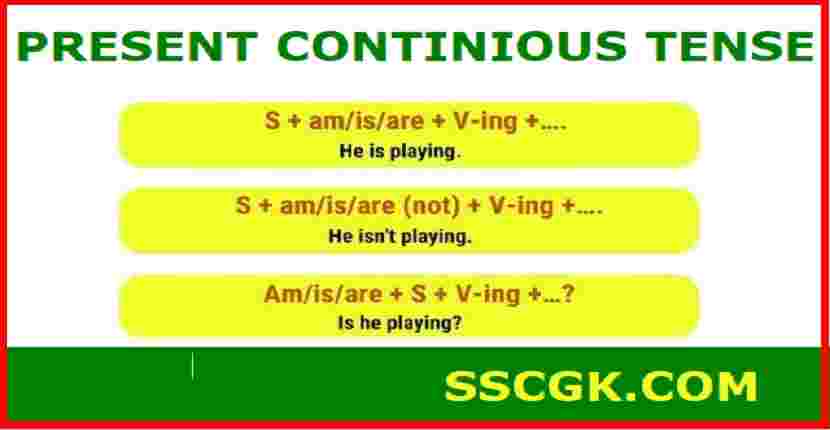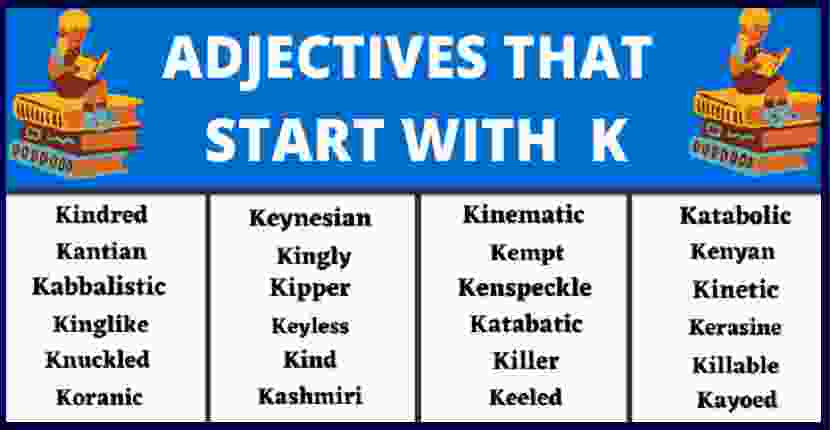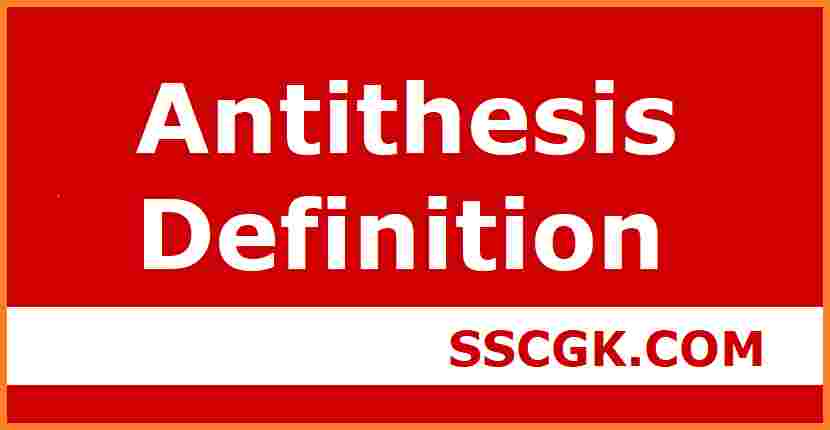Present Continuous Tense– Today In this article we shall discuss with you on the English Topic Present Continuous Tense in detail. In the earlier post you have read about the Phrasal Verbs with GIVE in detail.
Present Continuous Tense-
Definition, Useful Rules and Examples-
Present Continuous Tense! In this section, we are going to be looking at the present continuous tense much more closely and this will enable us to further understand its use as well as the grammar rules which surround it. As a result of this, you will be able to form much more complex sentences and improve your fluency of the language.
Learn how and when to use the Present Continuous Tense in English with useful grammar rules and example sentences.
What Is the Present Continuous Tense?
The present continuous tense is one which is commonly used within the English language and often uses the -ing form of a verb, for example ‘she is running.’ We can see that the sentence is happening continuously in the present moment.
प्रेजेंट कंटीन्यूअस टेंस–
The present continuous verb tense, also known as the present progressive, is used to describe an action that is currently happening or may happen in the future.
The present continuous tense is typically used for the following four general cases-
1.To describe events that are happening at the current time
2.To discuss an event that is temporary in nature, will continue into the future, but end at a particular time
3.To list future plans
4.To describe a new pattern or a habit
This verb tense is formed with a variant of the verb to be + the present participle (verb form ending in -ing). These verbs can also take adverb modifiers to talk about an activity that is continuing into some future time (e.g. in one hour’, this Fall’). Additionally, present continuous verb forms are most commonly going to be found in the wild using dynamic verbs’ that describe-
an activity (e.g. learn, listen, read)
a process (e.g. change, grow, shrink)
a bodily sensation (e.g. ache, feel, hurt)
a transitional event (e.g. arrive, leave)
a momentary occurrence (e.g. hit, jump, kick).
Present Continuous Tense–
The other type of verb, which is not generally seen with present continuous verb forms, is known as stative, and the reason it is not used here is that stative verbs describe actions that are done and over with and do not continue into the future at all (e.g. astonish, see, smell).
In the next section are ten examples to demonstrate the various use cases described above. After that are several exercises to provide practice identifying the different forms of the present continuous verb tense. As always, a good way to continually reinforce this information is to try and identify this type of verb while reading and always, always, always keep a dictionary or google search window handy.
The present continuous (also the present progressive) is one of the present tenses used in modern English. Basically, the Present progressive tense is formed by adding -ing to the base verb.
The structure of the Present Continuous Tense is:
S + am/is/are (not) + V-ing +….
Examples-
He is playing.
She isn’t cooking.
Am/is/are + S + V-ing +…?
Example-
Am I annoying you? (which is to ask whether I am annoying you.)
Present Continuous Tense-
Examples –
- My daughter’s class is currently attending a lecture on the solar system at the planetarium.
- The driver is stopping at the gas station for a moment to fill up the tank and then will proceed to the next town for lunch.
3.. You need to prepare an agenda before your next class because you are keeping the students two minutes late every time lately.
- My company is holding face to face meetings a lot less than they used to in favour of video calls.
- When my vacation starts, my family and I are flying to Hawaii to relax on the beach.
- The movie is starting in the next thirty minutes so we have to leave very shortly.
- Whenever the cat is playing with a ribbon, she starts jumping back and forth like her hunter forbears.
- I am going to fly back and forth between Detroit and Atlanta twice a month from now on as part of my promotion.
- I hate to say it, but my kids are giving me the worst migraine right now with all their screaming!
- The fog is slowly lifting which will make my drive to work much less dangerous.
Present Continuous Tense–
How to Use the Present Continuous
The present progressive is used–
- To describe something which is happening at the exact moment of speech.
Example-
Jim is watching television at the moment.
- To describe an action that is taking place now but not at the exact moment of speech.
Example-
John is working in London.
- To describe an event planned in the future.
Example-
I’m taking my French class on Tuesday.
- To describe a temporary situation.
Example–
I’m staying with a friend for a few days.
- To emphasize the frequency of an action.
Example-
That child is always crying for no good reason.
- To describe changing situations.
Example-
Her health is improving by leaps and bounds.









